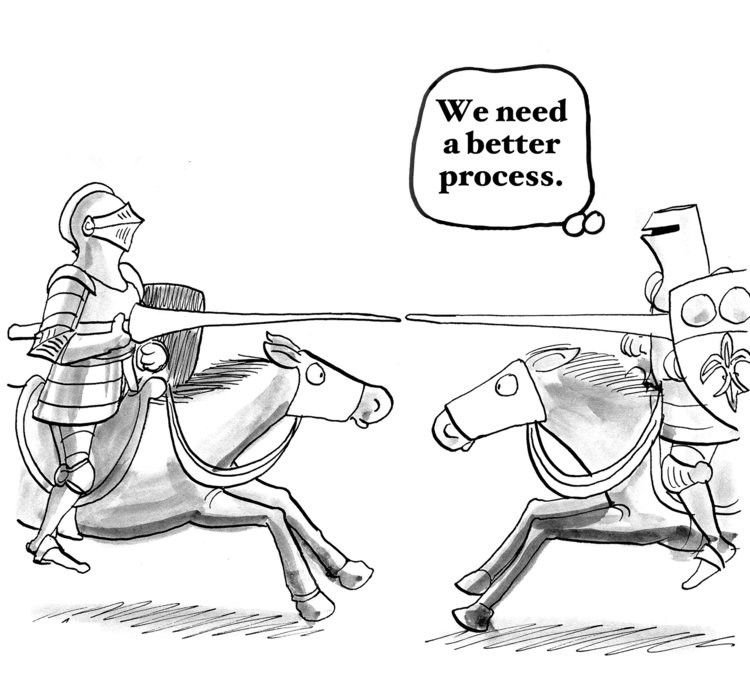Submitted by Patrick Cioffi
TRY VOMPING!
“Vomping” is a simple and effective tool for working out interpersonal conflicts, establishing understanding, and finding common ground. If you follow the steps, it can really work.
A good recommendation is to familiarize your entire group with this process even before conflicts arise. That way, when an issue does come up, every person in the group will have this tool to tackle it— “hey, can we VOMP about this?”—and others will know what they are talking about! No one must be afraid to bring something up because they don’t know how to handle it. Everyone is equipped with these simple steps to follow.
VOMPing happens in four stages—Vent, Own, eMpathize, Plan. This process works best when two people step aside and communicate one-on-one in a private and respectful manner. Each person needs to recognize the process and agree to go through all the steps, alternating turns and listening actively, without interrupting one another.
-
Vent
First, both people “vent” about this issue. This is your opportunity to tell your side of the story completely uninterrupted and get it all out there. Just make sure you use “I” statements, speaking only from the first person to describe your own personal experience. Be vigilant about not disrespecting your partner and be honest. Use concrete examples, express your emotions, and get it all out there. One person goes first, then the other goes. While your partner is speaking, listen actively and do not interrupt them at all. Each person should have the time to tell their story.
-
Own
Now, each person takes “ownership” of their words, actions, and attitudes and acknowledges their part in the story. Even when it seems like one person is totally “in the wrong” a conflict is never entirely one-sided. Be honest and remember that both of you are motivated to clarify and resolve the problem.
This is a very exciting step in the process of conflict resolution because it allows each person to assume responsibility for their part in the conflict, and since both people are committed to taking responsibility, much of the fire of hostility is extinguished in this step. Ownership is a safe step because both people are committed to this process and to identify their role in the conflict.
-
eMpathize
This is your chance to stand in the other person’s shoes and see things from their perspective. When you do this, you can honestly internalize and recognize the other person’s experience and relate to their emotions and both the intended and unintended effects of your words and actions. Empathizing helps us grow in our understanding as people and brings us closer together.
-
Plan
Now, suggest concrete actions and agreements that can be made to address the issue and solve the problem. Find the common ground here and make an action plan. The plan doesn’t have to be set in stone and can always be revised later. Plans are important so we can move forward and feel like we’ve really accomplished something through the process. Plans can also be referred to as a mutual basis for accountability in the future.


